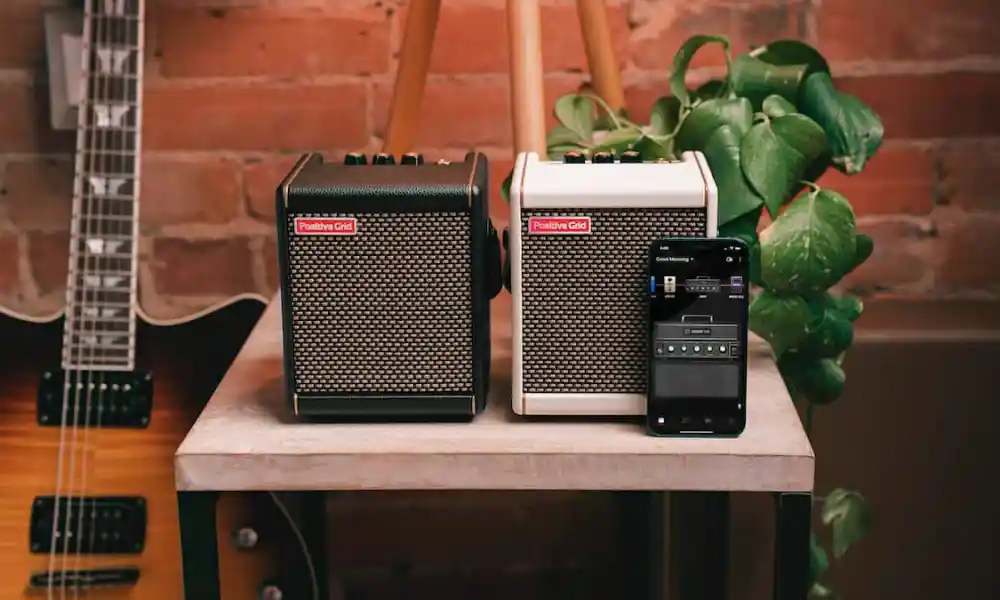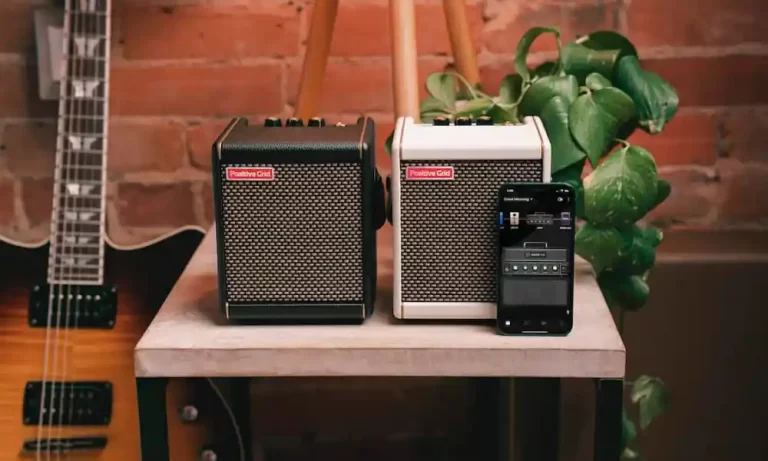
Music relies on the bass guitar, which provides the foundation for melodies and harmonies. Deep, resonant frequencies provide a band’s sound energy and weight. The amplification system that converts bass instrument vibrations into audible waves greatly affects its sound and projection. Modern bass amplifiers are complex devices that do more than boost volume. They are complex instruments that let performers shape their sound, adapt to different musical circumstances, and dominate the low end. Any bassist trying to define their voice must have this degree of control, which is typically achieved by carefully selecting components, including the best bass preamp.
Forming Your Tone
Bass amplifiers are popular because they can precisely shape the instrument’s core tone. Modern amplifiers have several capabilities beyond volume and equalization adjustments, allowing musicians to precisely shape their sound. Advanced equalization sections, generally with many bands with sweepable frequencies, allow players to emphasize or attenuate bass, mid-range, and treble frequencies to match a genre or mix. These versatile tone-crafting capabilities let players dial in anything from a deep, resonant rumble to a powerful, expressive snarl, making the amplifier an extension of their performance. These features’ precise control is essential for the best bass preamp incorporation into an audio chain.
Flexible Connectivity
Modern bass amplifiers have many connecting options to fit into diverse performance and recording contexts. Their versatility makes them essential for working musicians:
- For active and passive bass guitars, multiple inputs are often provided, tuned for varying signal levels to avoid clipping or impedance incompatibilities.
- A balanced direct output (XLR) is practically standard, allowing the bass signal to be delivered directly to a mixing console for live sound reinforcement or studio recording with a clean and constant signal regardless of stage loudness.
- Integrating external effects pedals with dedicated send and return connectors preserves the signal chain and allows fine modulation, delay, and other time-based effects placement.
- Multiple speaker outputs with differing impedance ratings allow connecting to multiple cabinet configurations for different venue sizes and sound preferences.
Power, portability
Classic bass rigs were heavy and required numerous people to transport. Modern amplifier topology, especially Class D amplification, has greatly decreased amplifier head size and weight without affecting output loudness or sound fidelity. This allows a small, lightweight amplifier head to drive many speaker cabinets on enormous stages with hundreds or thousands of watts. This combination of power and portability lets bassists reach their ideal loudness and tone in any venue without the logistical hassles of the past.
Performance and Practice
Bass amplifiers work well in both live and practice settings. Live, the amplifier’s power and tone-shaping allow the bassist to cut through the mix and support the band with booming low-end. The amplifier monitors the stage, while the direct output gives the sound engineer a clean signal. Auxiliary inputs and headphone jacks are useful learning tools in practice. Without bothering others, musicians can practice, create new lines, and play along with recordings. Modern amps often have tuners or rudimentary effects, boosting their utility. This adaptability makes the bass amplifier more than just a sound-producing instrument and a key part of a bassist’s development.






